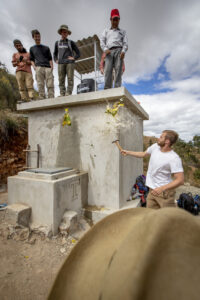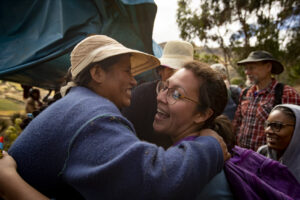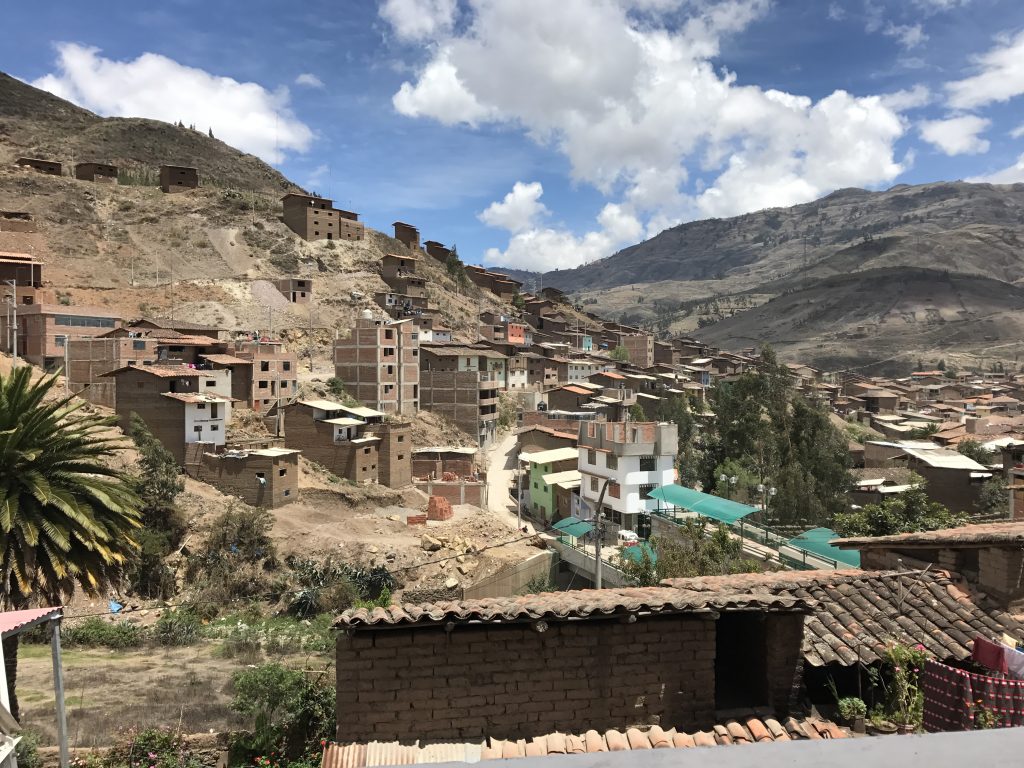The water sourcing project was completed in 2019 and demonstrates the capability of the Temple chapter’s ability to complete international engineering service work. Read below for more information
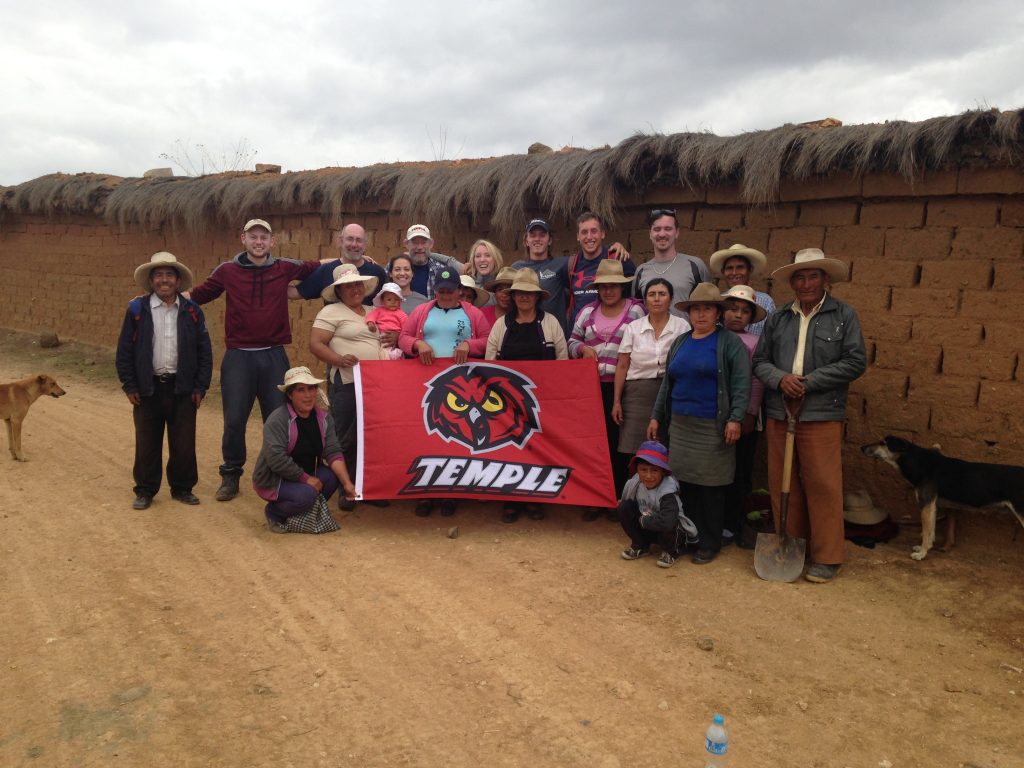
Saccha is a small village in Northern Peru deprived of clean and accessible drinking water. The Temple University Chapter of Engineers Without Borders, in collaboration with Saccha’s community members, plan to implement a purification and distribution system that will capture water from a nearby spring and route it to all of the individual homes in the community. In order to complete this task, the project will require the construction of a pipe network, a water collection box, a storage tank, and a tap stand in each home. The group aims to work closely with the community in order to develop a sustainable, locally owned system that can be managed without external assistance. This will necessitate construction and training by Engineers Without Borders members in Saacha. After the implementation of our potable water system, public health is expected to rise while susceptibility to waterborne diseases is expected to decline.
The goal of this project is to create a sustainable, potable water distribution system for a small village in Saccha, Peru. The community consists of 15 homes, all without electricity or direct access to water. Currently, the community gets their water from a contaminated surface water source which is fed by an irrigation pipe. The water they drink is not meant to be drank.
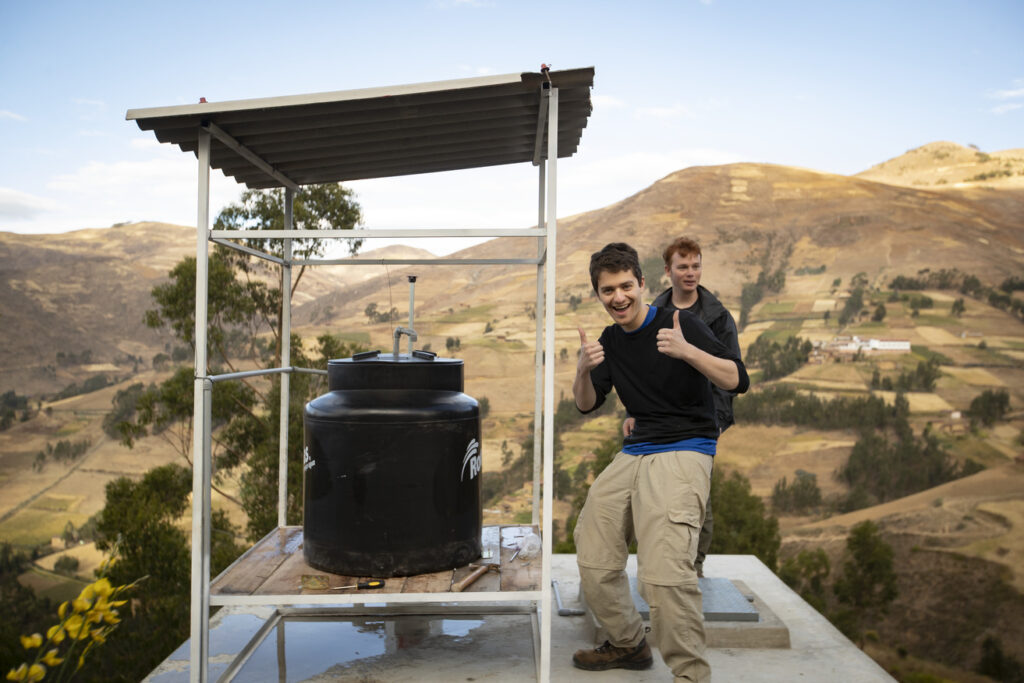
There is a natural spring north of the community and our goal is to take this water and collect it in a spring box. This spring provides enough flow to provide for the needs of the community, ensuring a minimum of 20 L per person per day. The water from the spring will then flow to the storage tank where the water will be treated with chlorine to sanitize it. Following this, a pipe network will run across the community, delivering water to each household via tapstand. Last year, Engineers Without Borders sent students to Peru on an assessment trip to collect data about the environments, elevations, and water supply and to form a relationship between our student chapter and those living in Saccha. Currently, the team is revising technical plans for implementation of the spring box, storage tanks, tap stands and pipe network, all of which were approved by the professional chapter of Engineers Without Borders.
The completion of this project will provide substantial opportunity for professional development as well as bettering the lives of the residents of Saacha. Working as part of a team to practice our technical writing skills through fundraising efforts and grant applications have proven valuable in developing our skills and gaining experience in a real-world application. Most important however, are the experiences that we have had in designing a system to solve this community’s water crisis. The technical skills that we have gained and practiced with the guidance of our mentors has also been instrumental in showing us the technologies and methods that professional engineers use.
This project provides an opportunity for valuable real-world engineering experience for students. Our team will utilize what we have learned throughout undergraduate coursework and alongside professional guidance, to construct this water distribution system. The development of this project requires the application of knowledge acquired from diverse engineering courses. For instance, the concrete structures will have to be structurally sound, with the appropriate distribution of reinforcing rebar and a suitable concrete aggregate mix. The pipe network is being designed to maintain fluid pressure across expansive distances and elevation changes while maintaining a safe level of pressure. All of this design work is being modeled with various engineering softwares including AutoCad, SolidWorks, EPANet, and WaterCAD. These examples require the utilization of educational course learning objectives from classes including, fluid mechanics, structural analysis, engineering graphics, and computer aided design.
